Top Android App Development Trends To Look For in 2023
Here are some of the top Android app development trends to look for in 2023:
- Artificial Intelligence and Machine Learning: AI and ML technologies will be integrated into mobile apps to enhance user experiences and improve app functionality.
- 5G Technology: 5G technology will provide faster data speeds, lower latency, and improved network efficiency, leading to more advanced and interactive mobile apps.
- Cross-Platform Development: Cross-platform development frameworks will continue to gain popularity among app developers, as they allow for the creation of apps that can run on multiple platforms.
- Internet of Things (IoT): IoT will play an increasingly important role in the development of mobile apps, enabling seamless communication between connected devices.
- On-Demand Services: The on-demand economy will continue to grow, and mobile apps will play a central role in connecting consumers with service providers in a variety of industries.
- Chatbots and Virtual Assistants: Chatbots and virtual assistants will become more sophisticated, enabling more human-like interactions and improving user experiences.
- Cybersecurity: With the increasing number of mobile app threats, app developers will need to place a greater emphasis on cybersecurity to protect users’ data.
- AR and VR: Augmented Reality (AR) and Virtual Reality (VR) technologies will be increasingly used in mobile apps, enhancing user experiences and revolutionizing industries such as gaming, e-commerce, and healthcare.
1. Artificial Intelligence and Machine Learning
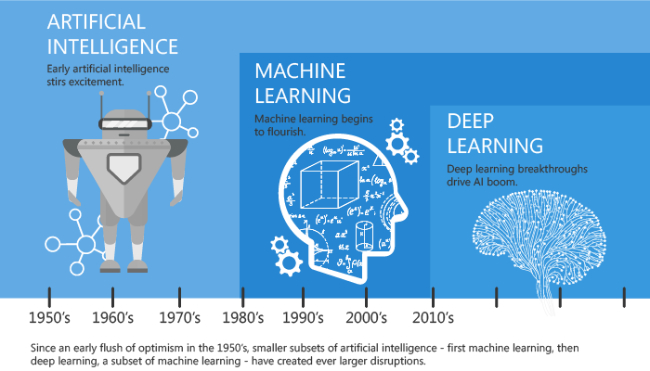
Artificial Intelligence (AI) and Machine Learning (ML) are rapidly changing the way mobile apps are developed and used. AI and ML technologies enable mobile apps to perform complex tasks and make intelligent decisions, improving user experiences and app functionality.
Examples of AI and ML in mobile apps include personal assistants like Siri and Alexa, image and speech recognition, predictive text, and recommendation systems. With the continued advancements in AI and ML, it is expected that these technologies will be even more deeply integrated into mobile apps in the coming years, offering new and innovative features and capabilities.
2. 5G Technology
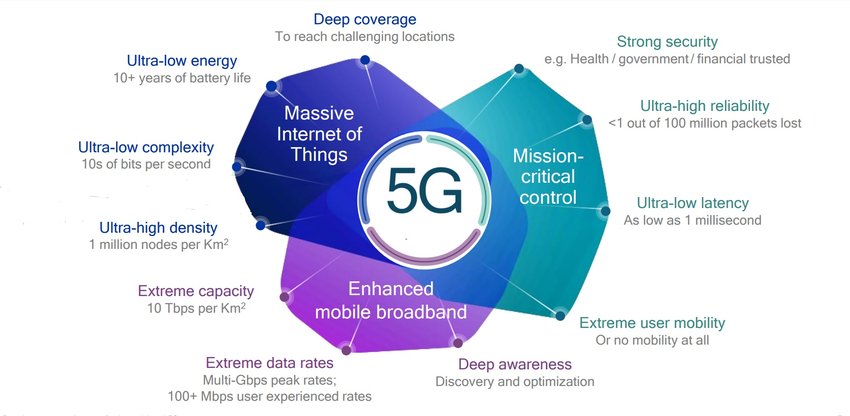
5G technology refers to the fifth generation of wireless network technology, which promises faster data speeds, lower latency, and improved network efficiency compared to previous generations of wireless technology. The widespread adoption of 5G technology is expected to drive the development of more advanced and interactive mobile apps.
With 5G, mobile apps will be able to process and transmit large amounts of data quickly and efficiently, enabling new and improved experiences such as high-definition video streaming, virtual and augmented reality, and online gaming. 5G technology will also make it possible for mobile apps to communicate with connected devices and machines in real-time, opening up new possibilities for the Internet of Things (IoT).
3. Cross-Platform Development
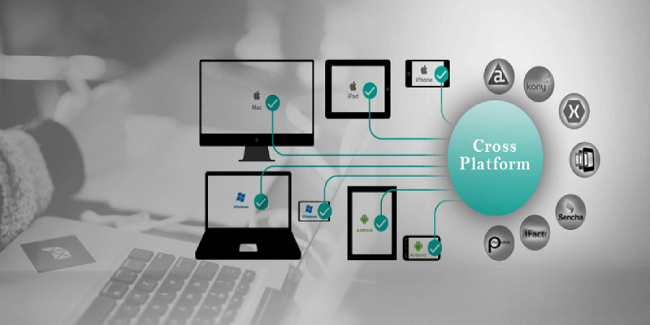
Cross-platform development refers to the practice of creating software applications that can run on multiple platforms, such as iOS, Android, and web. This approach allows app developers to reach a wider audience and saves time and resources compared to developing separate apps for each platform.
There are several popular cross-platform development frameworks and tools, such as React Native, Flutter, and Xamarin, that allow developers to write code once and deploy it on multiple platforms. This approach has become increasingly popular among app developers due to the cost and time savings, as well as the ability to reach a wider audience.
4. Internet of Things (IoT)
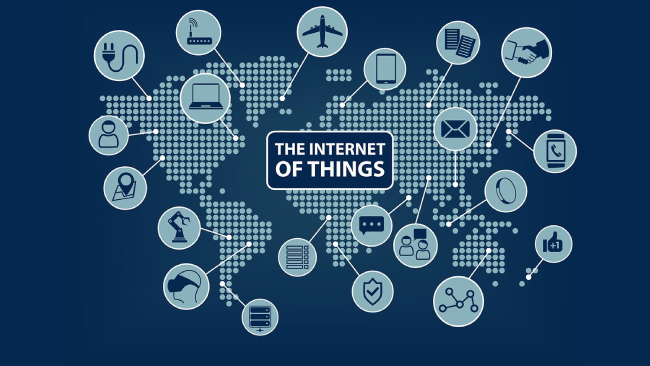
The Internet of Things (IoT) refers to the interconnected network of physical devices, vehicles, home appliances, and other items embedded with electronics, software, sensors, and network connectivity, allowing these objects to collect and exchange data.
IoT technology has the potential to revolutionize many industries and aspects of our daily lives, and mobile apps will play a critical role in enabling communication and interaction between connected devices. Mobile apps can provide a convenient interface for users to control and monitor IoT devices, such as smart homes, wearable devices, and connected cars.
In the coming years, IoT is expected to continue to grow and mature, leading to an increasing number of IoT devices and a growing demand for mobile apps that can connect and interact with these devices. As a result, app developers will need to consider the unique challenges posed by IoT, such as security and data privacy, as well as the opportunities for innovation and improved user experiences.
5. On-Demand Services
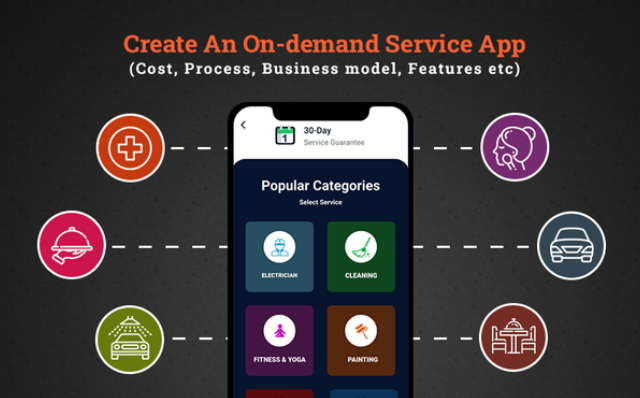
On-demand services refer to a business model where products or services are made available to customers at the time and place of their choosing, through an online platform or mobile app. This business model has become increasingly popular in recent years, particularly in industries such as ride-hailing, food delivery, and home cleaning services.
Mobile apps play a crucial role in the on-demand economy, serving as the primary interface for customers to access and request services. These apps also provide a platform for service providers to manage and fulfill customer requests, and for businesses to track and analyze customer data.
6. Chatbots and Virtual Assistants
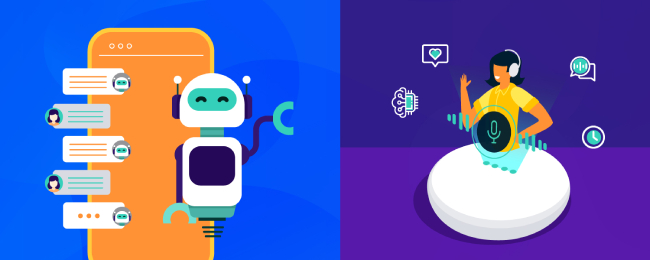
Chatbots and virtual assistants are AI-powered software applications that can interact with users in a conversational manner, typically through a messaging interface or voice-activated device. Chatbots and virtual assistants can be integrated into mobile apps or websites to provide information, answer questions, and perform tasks for users.
Chatbots and virtual assistants use natural language processing (NLP) and machine learning (ML) technologies to understand and respond to user requests. As these technologies continue to advance, chatbots and virtual assistants are becoming increasingly sophisticated and capable of handling a wider range of tasks and interactions.
7. Cybersecurity

Cybersecurity refers to the practice of protecting internet-connected systems, including computers, mobile devices, and networks, from unauthorized access, theft, and damage. As the number of internet-connected devices and the amount of sensitive data being transmitted online continues to grow, cybersecurity has become an increasingly important concern for individuals, businesses, and governments.
Mobile apps, especially those that handle sensitive information such as personal and financial data, are a potential target for cyber criminals. As a result, app developers must take cybersecurity into account when designing and developing their apps, implementing measures such as encryption, authentication, and access control to protect user data.
8. AR and VR
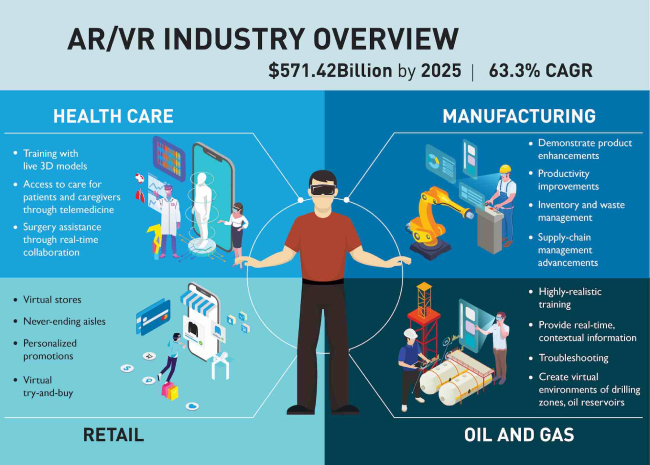
Augmented Reality (AR) and Virtual Reality (VR) refer to advanced technologies that allow users to interact with computer-generated images and simulations in a way that blends the physical and digital worlds.
AR involves superimposing digital information onto the physical world, typically through a smartphone or tablet camera. VR, on the other hand, creates a fully immersive digital experience that replaces the physical world. Both technologies have a wide range of potential applications, from gaming and entertainment to education, training, and commerce.
Mobile apps play a critical role in enabling AR and VR experiences, as they provide a convenient and accessible platform for users to interact with these technologies. In the coming years, AR and VR are expected to continue to grow in popularity and become more widely adopted in various industries and applications. As a result, app developers will need to consider the unique design and development challenges posed by AR and VR, such as ensuring seamless and intuitive user experiences and optimizing performance on mobile devices.
Conclusion
In conclusion, the field of mobile app development is constantly evolving, and new trends and technologies are emerging all the time. In the coming years, app developers can expect to see continued growth in areas such as artificial intelligence and machine learning, 5G technology, cross-platform development, the Internet of Things, on-demand services, chatbots and virtual assistants, cybersecurity, and AR and VR.
To stay ahead in the rapidly changing landscape of mobile app development, app developers will need to be aware of these trends and be prepared to adapt to new technologies and challenges as they emerge. By doing so, they can create innovative and engaging apps that deliver unique and valuable experiences to users.
More useful blogs related to mobile applications:
How to Develop an On-Demand Delivery App For Your Business in 2023 ?
What Is The Difference Between A Mobile App And A Web App ?
Why Choose Flutter for Cross Platform Mobile App Development ?
How to Hire the Right Mobile App Development Company in India ?
How Mobile App Development Can Improve Your Business?
Android 11 : You need to know everything
Top 10 iOS Application Development Trends That Can be Expected in 2023
Flutter For Building MVPs : What makes it an excellent Choice?
Unique mobile app development ideas
Hire a versatile Mobile app development company in India
Complete Guidance For Every Android App Development Developers

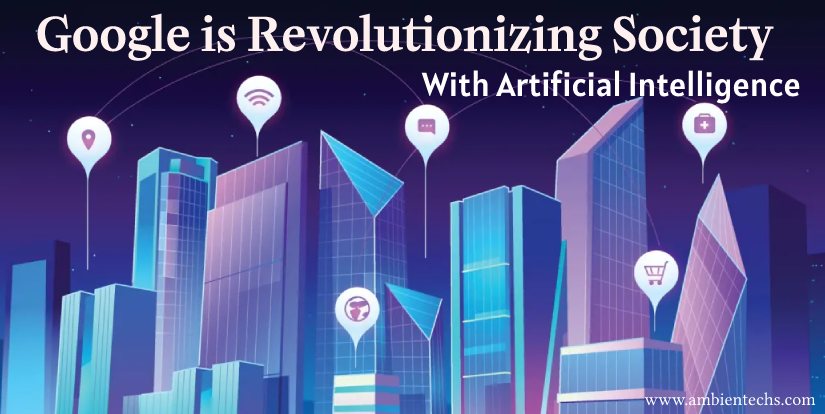

ReplyDeleteMobile App Development
Software Development
Web Development
Web Design
Digital Marketing Agencies
SEO
IT Services Companies
Magento Development
Shopify Developers
PPC
Social Media Marketing
Offshore Software Development
Wordpress Development
Node js Development
Angular.js Development
React.js Development
Vue js Development
eCommerce Development
eCommerce App Development
Android App Development
Top Enterprise Mobile App Development Companies
Google Adwords
Facebook Marketing, Instagram Marketing
PHP Development
Managed IT Services
Website Development
IT Strategy Consulting
ReplyDeletePost Free Ads, Website Directory, Directory Submission
Free Listing, Free Web Directory Submission, Free High DA Directory
Free classified ad posting, Free Link Directory
Free blog posts, Ad Posting
Local news, Breaking News, Technology News
Nice blog
ReplyDeleteI am really impressed by reading this blog.
Admylisting.com, Classifieds in India
Blog Commenting